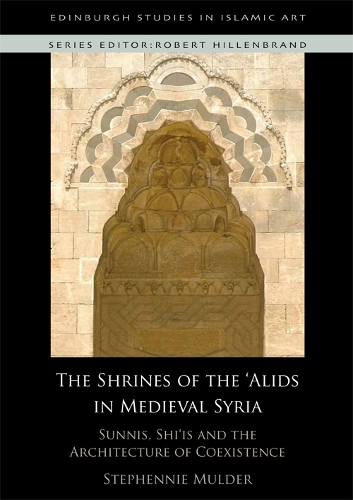
The Shrines of the 'Alids in Medieval Syria: Sunnis, Shi'is and the Architecture of Coexistence
(Hardback)
Publishing Details
The Shrines of the 'Alids in Medieval Syria: Sunnis, Shi'is and the Architecture of Coexistence
By (Author) Stephennie Mulder
Edinburgh University Press
Edinburgh University Press
27th May 2014
United Kingdom
Classifications
Tertiary Education
Non Fiction
Social groups: religious groups and communities
Architecture: religious buildings
704.9489735
Physical Properties
Hardback
320
Width 172mm, Height 244mm
944g
Description
The first illustrated, architectural history of the 'Alid shrines, increasingly endangered by the conflict in Syria
The 'Alids (descendants of the Prophet Muhammad) are among the most revered figures in Islam, beloved by virtually all Muslims, regardless of sectarian affiliation. This study argues that despite the common identification of shrines as 'Shi'i' spaces, they have in fact always been unique places of pragmatic intersectarian exchange and shared piety, even - and perhaps especially - during periods of sectarian conflict.
Using a rich variety of previously unexplored sources, including textual, archaeological, architectural, and epigraphic evidence, Stephennie Mulder shows how these shrines created a unifying Muslim 'holy land' in medieval Syria, and proposes a fresh conceptual approach to thinking about landscape in Islamic art. In doing so, she argues against a common paradigm of medieval sectarian conflict, complicates the notion of Sunni Revival, and provides new evidence for the negotiated complexity of sectarian interactions in the period.
Reviews
'An elegant study of how shrines were the locus of ecumenical veneration in times of heightened sectarian tensions. That the focus of the book is Syria constitutes a hopeful reminder that sectarianism was not the historical norm and that architecture can and did mediate between divergent religious passions.' Nasser Rabbat, Massachusetts Institute of Technology
Author Bio
Stephennie Mulder is Assistant Professor in Islamic Art and Architecture at the University of Texas at Austin.
